Enviado por luishernando a través de Google Reader:
Segundo mensagem de Stevan Harnad, foi lançado hoje, em Liège, Belgica, a Enabling Open Scholarly (EOS). Veja maiores detalhes na mensagem abaixo:
Uma nova organização para a alta direção das universidades e instituições de pesquisa, foi lançada hoje.
O contexto no qual EOS foi estabelecida, que é de interesse crescente por parte dos governos, financiadores e da própria comunidade de científica, diz respeito à abertura da forma como a pesquisa é realizada e comunicada. Este interesse é complementado por novas práticas de pesquisa e processo que somente podem trabalhar de forma eficaz em um ambiente aberto e colaborativo.
Tão rápido quanto o surgimento de 100 políticas formais (mandatos) sobre Acesso Livre de universidades, institutos de pesquisa e agências de fomento, um grupo de dirigentes seniors de universidades e institutos de pesquisa se reuniu para lançar um novo fórum para promoção de princípios e práticas de bolsas de estudos abertas ou livres.
O objetivo da EOS é promover a concessão de bolsa de estudos e a pesquisa que estamos vendo agora como uma parte natural da "grande ciência" e por intermédio do crescente interesse da comunidade científica no acesso livre, na educação aberta, na ciência aberta e na inovação aberta. Estas, e outras, 'open' abordagens, por intermédio da bolsa de estudos aberta vão mudar a forma de fazer pesquisas e de aprendizagem que será realizada no futuro.
A EOS fornecerá, ao ensino superior e às pesquisa em todo o mundo, informações sobre a evolução, e avisos e orientações sobre a a implementação de políticas e processos de acesso livre, que serão incentivados por meio da concessão da bolsa de estudos aberta. Ele também oferece um fórum de discussão e debate entre os seus membros, tornando-a aberta à comunidade em geral.
A adesão ao EOS é para a alta direção institucional que têm interesse em " e deseja ajudar a desenvolver o pensamento sobre" estratégias para promover a bolsa de estudos aberta para a academia como um todo e à sociedade em geral.
O sítio da EOS é um recurso aberto a todos. Ele fornece informações, dados e material de orientação sobre questões relacionadas a bolsa de estudos aberta. Em uma área de acesso limitado, os membros podem encontrar anúncios, notícias e debates.
EOS oferece um serviço de proximidade às universidades e institutos de pesquisa "quer sejam membros ou não" que precisam de ajuda, aconselhamento, orientação e informações sobre questões relacionadas à bolsa de estudos aberta. Fazemos isso por intermédio do nosso sítio e também fornecemos, em base individual, informações às instituições que delas necessitarem.
O conselho EOS é composto de pessoas que têm projetado pessoalmente ou instigado os tipos de mudanças em suas próprias instituições que anunciam as vantagens do sistema de comunicação acadêmica aberta do futuro. Agora esta experiência está disponível para outros utilizarem.
O conselho EOS atual compreende:
Bernard RENTIER (Presidente), Reitor da Universidade de Liège, Bélgica
Tom COCHRANE, Vice-Chanceler, Queensland University of Technology, Brisbane, Austrália
William DAR, Diretor-Geral do International Crops Research
Instituto do Semi-Arid Tropics (ICRISAT), Hyderabad, Índia
Stevan HARNAD, Canadá Research Chair, Université du Québec à
Montreal (UQAM), Montreal, Quebec
Keith JEFFERY, diretor de TI e Estratégia Internacional no
Science & Technology Facilities Council, Swindon, Reino Unido
Sijbolt NOORDA, presidente da VSNU, a Association of Dutch Researh Universities
Stuart SHIEBER, James O. Welch, Jr. e Virgínia B. Welch Professores de
Ciência da Computação da School of Engineering and Aplied Sciences na Harvard University e diretor da Harvard's Office of Scholarly Communication
Ian SIMPSON, Vice-Diretor da Researh and Knowledge Transfer e professor de ciência ambiental da University of Stirling, Reino Unido
Peter SUBER, Berkman Center for Internet & Society, Harvard
University, Cambridge, E.U.A.
John WILLINSKY, Khosla Family, professor de Educação da Stanford University e diretor do Public Knowledge Project na University of
British Columbia e Simon Fraser University, E.U.A.
Alma Swan (Convenor / Coordenadora), Diretora da Key Perspectives Ltd, Truro, Reino Unido
"O mundo da pesquisa científica está mudando e universidades, e outras instituições de pesquisa, devem impulsionar essa mudança e não sentar e deixar que isso aconteça. Tendo início a implementação de mudanças no pensamento e na prática na minha própria universidade, eu quero encorajar os outros na minha posição a participar da discussão e ajudar a conduzir o caminho para um futuro melhor." disse o professor Bernard RENTIER.
"Nós estaremos chegando a universidades e institutos de pesquisa em todo o mundo para convidá-los a desempenhar um papel ativo na construção de melhores sistemas de bolsas de estudo para o futuro. EOS irá fornecer o fórum ea voz para a comunidade científica sobre temas como 'bolsa de estudos aberta' e representa um recurso muito valioso para quem deseja ingressar neste empreendimento".
"Os benefícios do acesso livre e bolsa de estudos aberta tem sido claramente demonstrado para indivíduos, instituições e sociedade", disse o professor Keith Jeffery. "EOS vai estar lá para fornecer informações e orientação de quem já teve a experiência de fazer as mudanças necessárias."
Dr. William Dar disse, "bolsa de estudos aberta beneficia a ciência de todo o mundo, não apenas a do mundo ocidental. Permite o livre fluxo de informações de pesquisa entre o norte e o sul, leste e oeste, contribuindo, de forma eficaz, para o progresso da pesquisa científica. EOS será muito valioso para o avanço deste processo e melhorar a maneira como a ciência é realizada em todo o globo".
Para mais informações visite o sítio da EOS em:
http://www.openscholarship.org
ou contate Dra Alma Swan:
44 1392 8797 02
info@openscholarship.org

Cosas que puedes hacer desde aquí:
- Subscribirse a Blog do Kuramoto con Google Reader
- Empieza a utilizar Google Reader para mantenerte al día fácilmente de todos tus sitios favoritos.
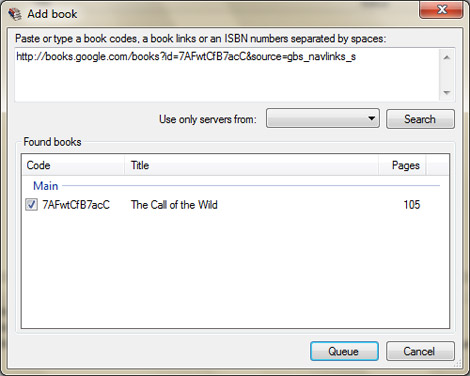










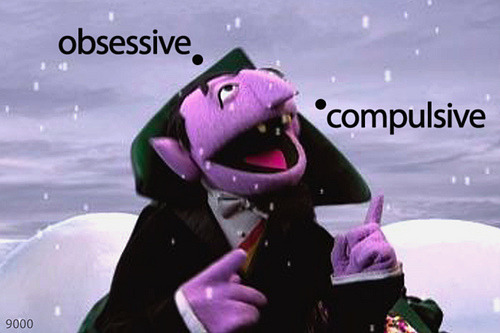
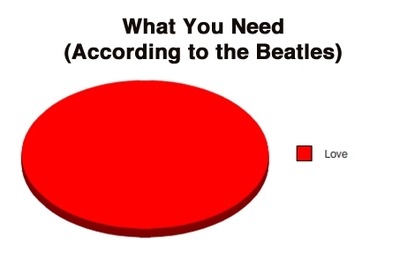
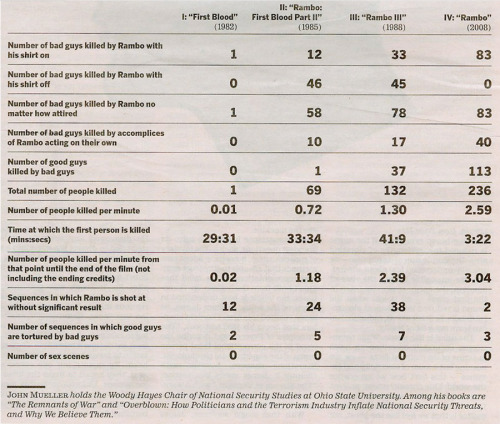


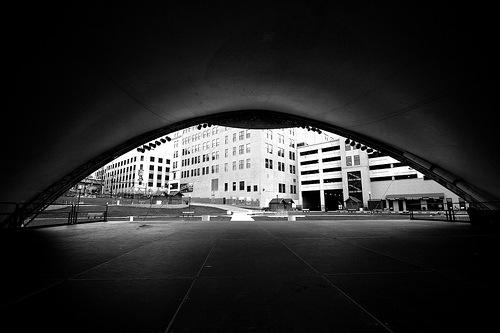
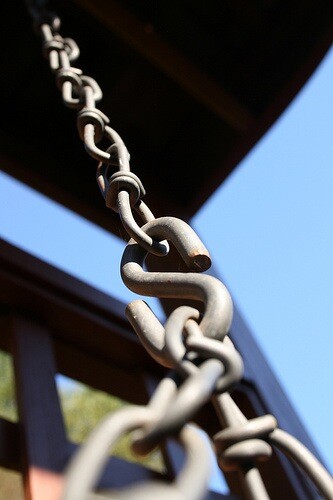

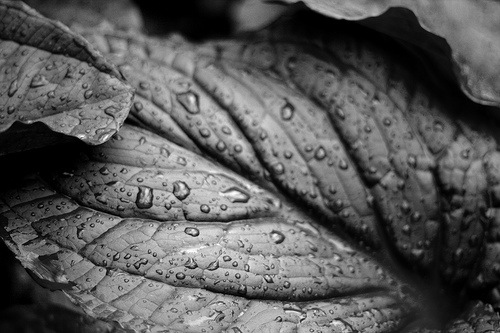
 About the Author: Jennifer Jacobs is an amateur photographer who runs
About the Author: Jennifer Jacobs is an amateur photographer who runs